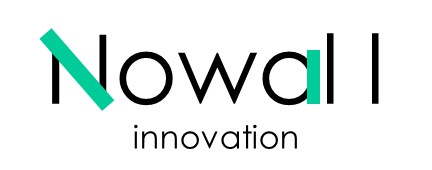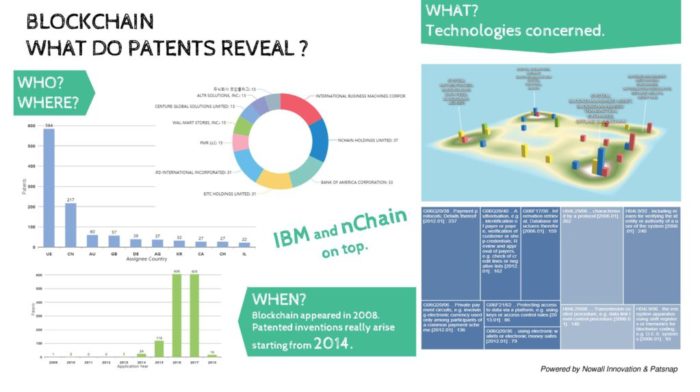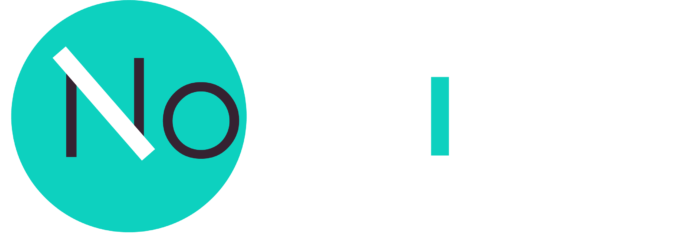Large companies, faced with the difficulty of innovating, try to promote intrapreneurship – a term that sounds like a miracle recipe – often packaged in an “intrapreneurship program” or “internal innovation contest”. Is this a real way of transformation or a muddy and chaotic road?
Intrapreneurship aims at bringing out innovative ideas internally, then to allow employees to develop them in the “entrepreneur” mode.
When we support business innovation, it is hard not to be happy about these initiatives. However, if they are conducted without a true and in-depth reflection on the culture of the company and its employees, those initiatives often end in disillusionment and can have disastrous consequences, permanently undermine the innovation dynamics. A kind of fashion effect that, poorly taken in hand, can be really painful!
Success is rare. The empirical success rate is comparatively lower than that of start-ups born ex nihilo with funds and equivalent resources. Let’s try to analyze these approaches to identify the weaknesses that could explain the disillusions, and to pinpoint the actions that could favor less disappointing or even more convincing results.
Initiation: the form of the contest is widespread
In many companies, intrapreneurship results in the creation of an internal innovation contest. Employees are invited, alone or not, to propose ideas. After several steps, a jury studies the projects and selects those that seem promising. Award-winning employees are thus valued and have the opportunity to carry the chosen project.
The problem lies here in the employees’ core motivation when they decide to participate or give it a try. Many of them enter this format to stand out, to find some recognition. If their idea is selected, there is little chance that they carry it successfully because their interest is not necessarily to leave their daily job to carry the project, but rather to stay in position and hope to evolve quickly. It happens that the idea finally does not find a voluntary leader and dies in a drawer.
Those who agree to lead a project have varied profiles.
Often, they are employees with no high responsibilities or without managerial posture. The idea of leading a project seems to them to be the opportunity to evolve quickly, but the training and the profile don’t necessarily match, despite all the support that can get. The lack of posture is sometimes too important to be erased. No magic wand infuses an entrepreneurial spirit, or at least a project leader spirit, with a person who is not made for that in the first place. The boredom is that the collaborator can believe it, and his hierarchy goes on pushing it, at the risk of seeing the frog of the fable exploding while wanting to be an ox. The trick rarely works and the fall is brutal, both from a professional and personal point of view.
And then, there are profiles similar to entrepreneurs’, who appreciate being able to lead a project in an organization where they will get access to the resources necessary to progress effectively, with a notion of risk largely diminished. These profiles are rare and that’s where I like to say that these are initially “recruitment mistakes”, at least if we focus on traditional recruitment processes! And if the intrapreneur composes only with uncertainty and less risk, we are entitled to question the chances of success of the project because the drivers, the energy of the intrapreneur are probably nothing compared to that of an entrepreneur whose life is at stake, depending on the win or fall of his business project.
Would this relative comfort not be counterproductive ultimately ?
Will the intrapreneur not be tempted to give up as soon as a major obstacle arises, such as internal political blockages? Will he/she really look for a way to circumvent them or abandon? Another point, the intrapreneur must be mentally strong enough, and supported, not only “to live in his new skin”, but also to face his colleagues who can feed feelings of jealousy, misunderstanding, rancor, who can humanly be difficult to live.
Project execution and monitoring
In fact, the newbe “intrapreneur” does not – most often, except recruitment accident – have the entrepreneur profile, even if he/she has a position of manager or project leader. Moreover, if he/she starts with an innovative idea, he/she evolves in a constraining framework. His/her independence is limited.
Similarly, the weight of his past status can represent a significant obstacle in accepting and assuming his/her position as an internal entrepreneur. To lead a project in these conditions and to take it to the dreamt success is difficult. It will be complicated for example to question the initial idea, accepted and approved by the hierarchy. The identification of the collaborator to the project being strong, any setbacks is a painfull experience because the employee can feel depreciated and fears, despite the contractual clauses, that his/her position or evolution are threatened in the long term. The fear of losing face internally undermines the very principle of entrepreneurship freedom. Indeed the freedom of the collaborator is either too limited, if he really has an entrepreneur profile, or too wide otherwise, if he is an employee who doesn’t embrace entrepreneurship and who, until then, enjoyed a rather directive, or at least standardized, supervision.
To say that the role of the intrapreneur would be to spread a certain entrepreneurial culture (which he often does not have initially) within an organization, makes me feel uncomfortable. It would be wrong to say that everyone, as soon as he has an idea, is able to lead it, develop it, realize it. This postulate, which belongs to the well-thought mantra, involves more disappointments than success.
I will go further and say that in the current state of recruitment and management of these organizations, stumbling upon a employee, winner of an internal contest, that would have the entrepreneurial fiber would be a miracle and would be more characteristic, as I said earlier, of an initial recruitment error than anything else! Unless the recruitment process seeks to diversify the profiles to include in the ranks entrepreneurs or independant leaders profiles, undertaking the risk that they are less “manageable”, more rebellious or critical of the organization. It is clear that this spirit is not yet anchored in most of large companies services, at least in France. Moreover, these profiles, if they are integrated, do not remain in place most of the time, discouraged that they can be by the immobilism and the slowness of these companies.
A bad format?
I don’t think that we can incriminate the intrapreneurship idea or the form it can take. Currently, if it doesn’t work properly, it is more due to a culture, a managerial mode, and employees profiles who are not (yet) aligned with the quest for innovations, and above all, their effective implementation.
Employees can be a source of innovation. No doubt about it. The problem lies rather in the realization of these ideas by the same employees. Indeed, the qualities of an entrepreneur are not necessarily those of a ideas generator or a manager, and vice versa. Hence the interest of really looking into the profile of voluntary intrapreneurs to ensure that they can adopt the position of – at least – a project leader. Adequate training and coaching can help, but they are not sufficient. The personality, the deep motivations of the collaborator, are paramount.
Going over the innovation washing
Intrapreneurship schemes have the virtue of boosting HR policies, attracting different profiles, “with potential”, and to keep them. According to the results, intrapreneurship also makes it possible to communicate on innovation initiatives, which boosts companies’ image, regardless of the actual success of those initiatives. The mistake would be to stop there, without trying to anchor the approach deeper into the culture of the company. But, it’s easier said than done! It’s a long-term learning, sometimes in pain.
Intrapreneurship is often not very compatible with the companies process because it disrupts the hierarchy and the organization, for a result and an effective added value still to be confirmed.
How to maximize the chances of success?
First, it will be easier to spread an entrepreneurial culture in a large company if the management itself has an entrepreneurial rather than managerial mindset, and is dedicated to stimulate innovation internally and expand business activities to other horizons.
The management must be able to recognize the talent of the employees, who are potential leaders of future changes. As such, it should be “easy” for any employee, whatever his position, to formalize and propose projects to the Directors Committee, which is attentive and ensures a quick, loyal and honest feedback. Internal actors can be identified to guide the idea holder and facilitate the formalization and pre-validation of this idea.
Recruitment and career development policy should ideally value profiles that are force of proposition, creative and able to upset the hierarchy in a positive way. Profiles who know how to work in teams and in a transversal way are particularly to pamper. Risk-taking, whether successful or not, must be valued and not condemned. These are essential cultural foundations for a promising approach. To this must also be associated a system for reserving a budget and resources for any promising project that emerges.





